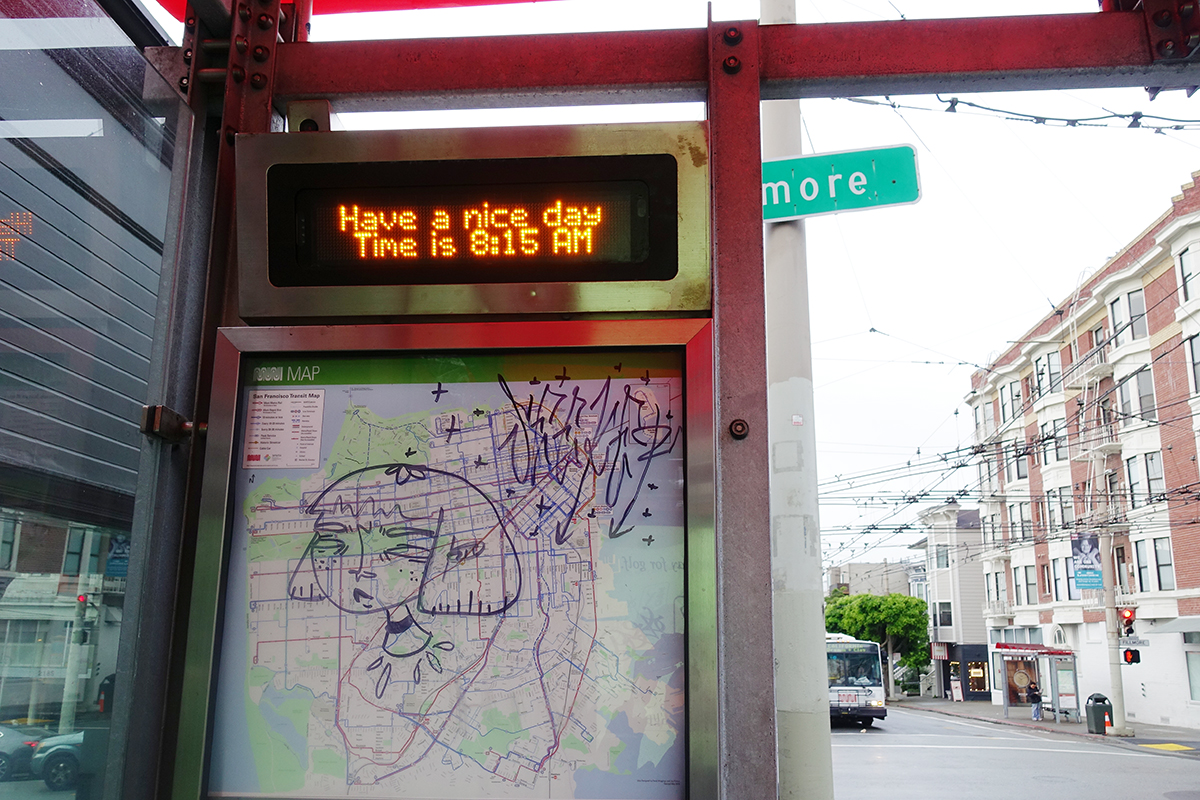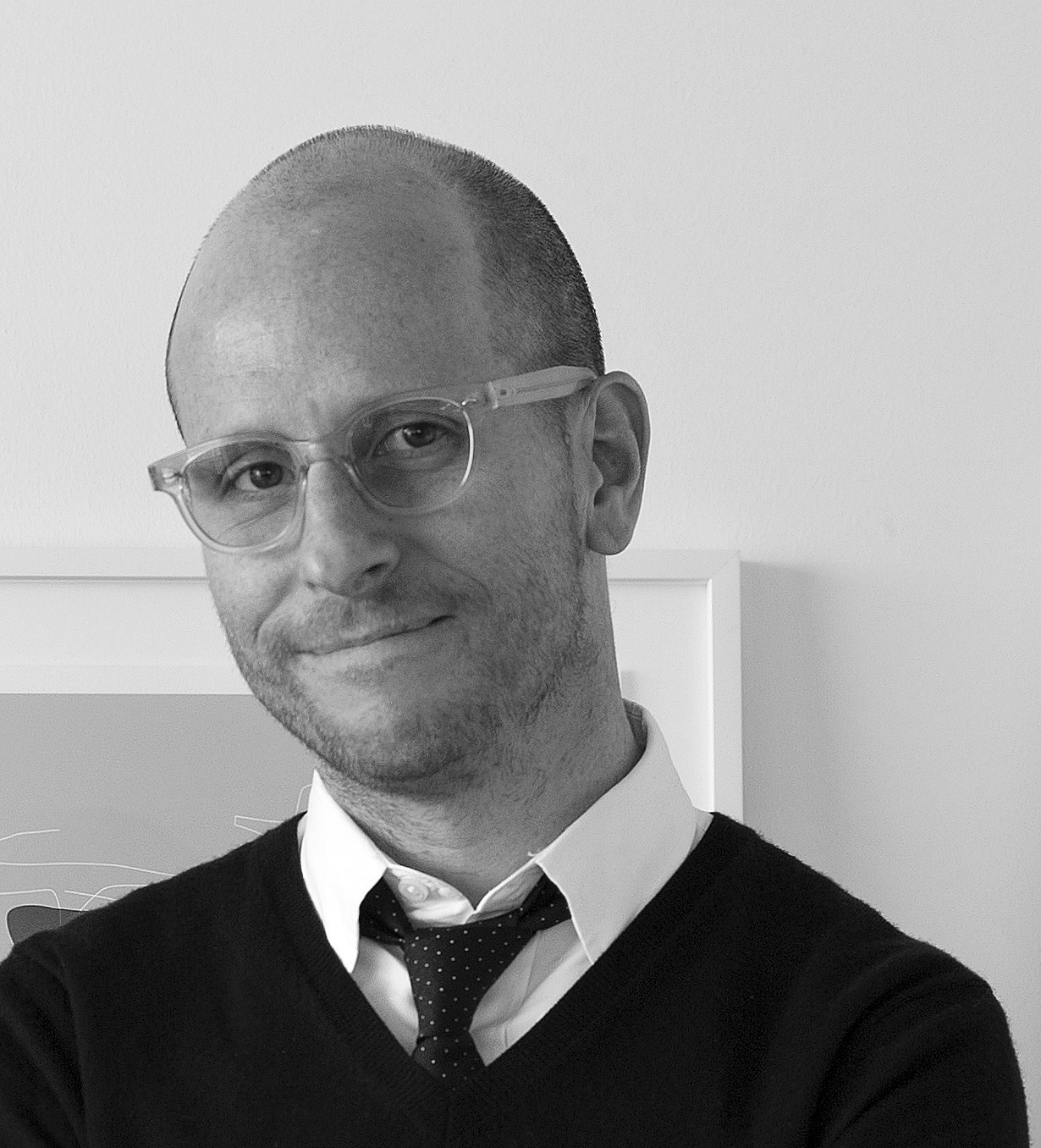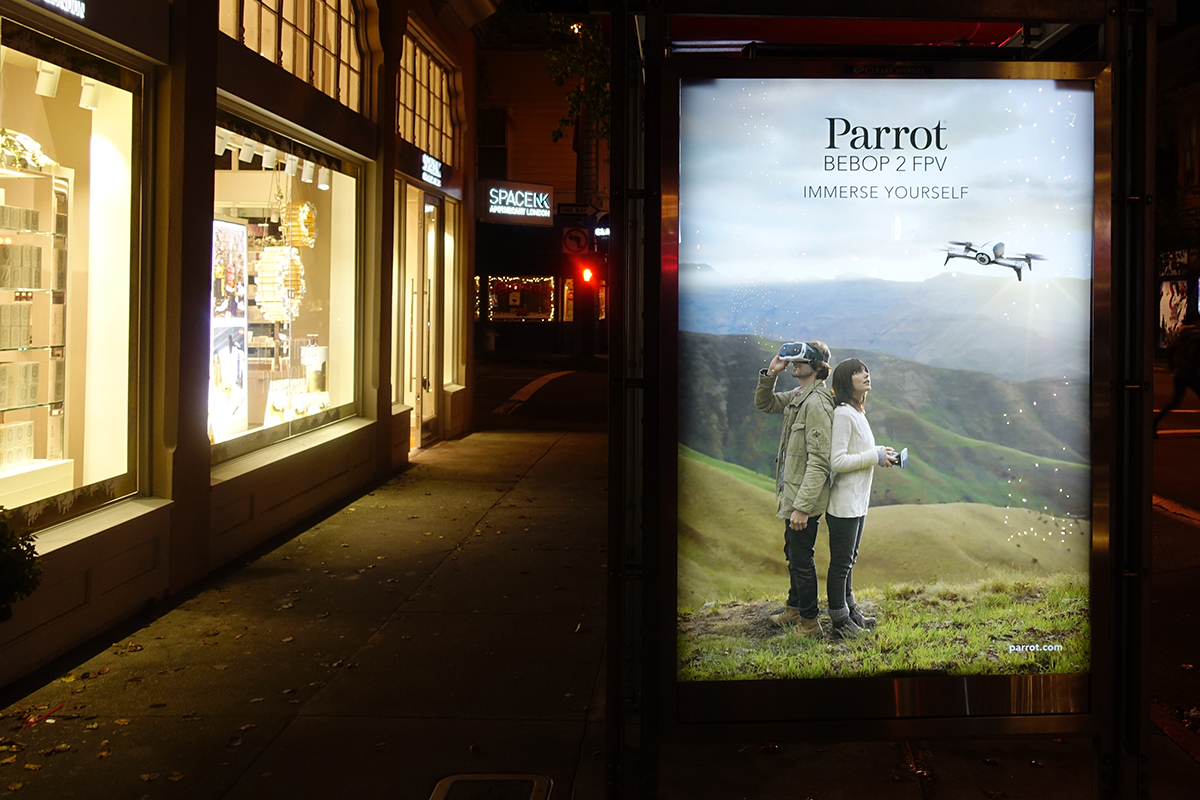
The thing of it is, we must live with the living. —Montaigne
I love public transportation. Driving in the city is aneurysm-inducing, and while I usually commute by bicycle, sometimes I just don’t have the energy to climb San Francisco’s formidable hills (especially if it’s raining). No trip to a new city is complete without a subway station visit, a bus ride, or a tram receipt glued into my travel journal. Want to get an immediate, on-the-ground sense of a new city in all its multicultural glory? Use its public transit.
Yes, public transportation is often crowded and I have to stand uncomfortably close to someone I don’t know. Yes, germs galore coat the aluminum poles and railings that we cling to for dear life when the inevitable, hard inchworm lurch of the bus occurs. (And, yes, I probably get sick more often because of touching them.) Finally, yes, Lyft, Uber, and Chariot are the more convenient, cozy, safe, and better-designed options.
Nonetheless, I like the friction of commuter travel. There’s a social aspect to it, but not the pushy, faux one currently required any time I summon a rideshare car on my iPhone because I’m worried that the driver might give me a 4- rather than 5-star rating for my lack of small talk. (You give films or albums 4 stars. But people? That just seems wrong. I don’t need Black Mirror to tell me that.) Billboards and bus shelter posters all over the city, not to mention tear-jerking original animated short films, make the argument that the Lyft system makes us a gentler, more generous society. But who really wants to be blatantly incentivized into being nicer? No one. And who wants to be on the receiving end of such antiseptic benevolence? No one. Too often, both sides anxiously grit their teeth through shaky smiles jockeying for a rave review.
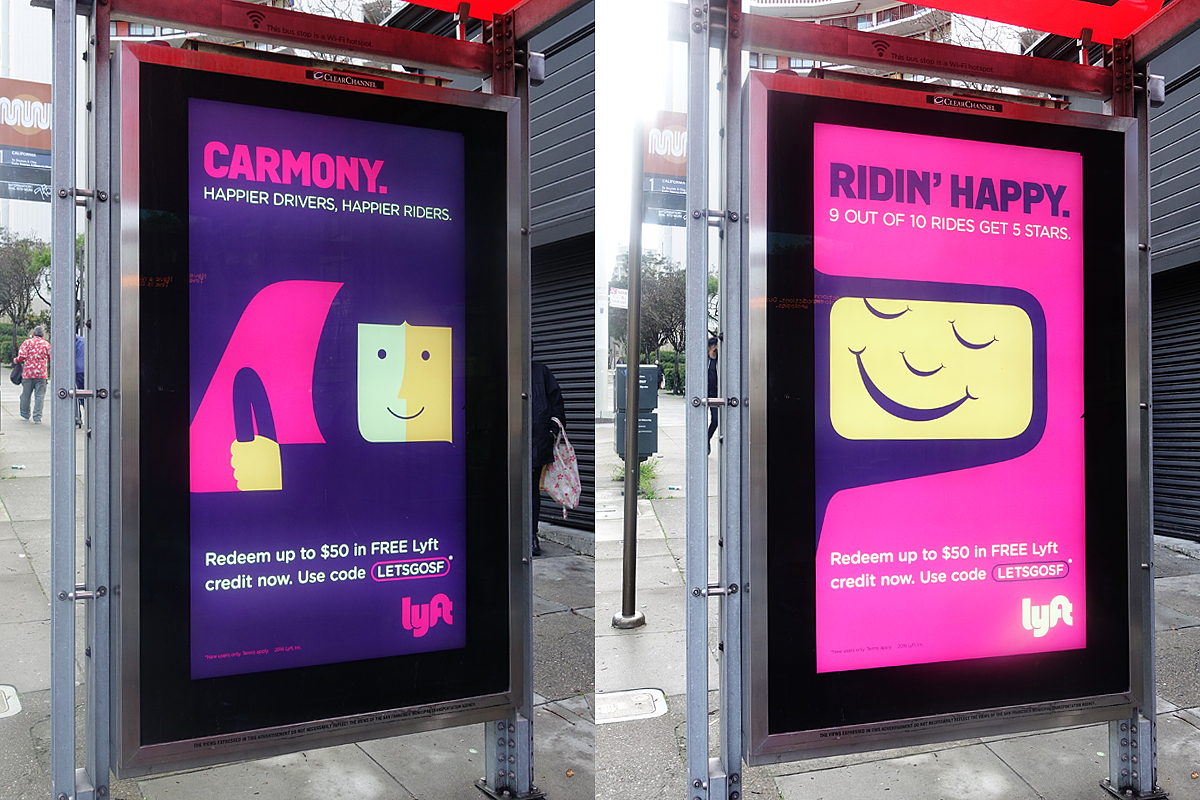
If this is the revolutionary design fix for urban transportation, give me a non-responsive bus driver any day. (Though, most of them are very nice, and the ride’s cheaper.) Speaking to strangers on MUNI usually gets you wide-eyed glares of, “Are you nuts, dude? Don’t talk to me.” Taciturn is certainly the default mode. Yet there’s also a delicate “we’re all in this together” camaraderie that binds us commuters, even if our heads are usually bowed, eyes fixed to our smartphones and books, or with our audio buds streaming music or podcasts into our ears, discouraging any conversation. There are small moments of polite exchange, whether letting the person next to you exit first, or the quiet “Excuse me” and raised hand upon slightly brushing someone’s leg with your messenger bag. Even small mitzvahs occasionally squeeze in, such as when a young professional offers an elderly woman his seat, or the yells of “Back door!” when someone struggles to exit from the rear. There are tender exchanges between parents and their diminutive neon-backpacked children they accompany to school. And, yes, there is the occasional stranger-to-stranger conversation; spurred on by the map a tourist is carrying, a company patch on someone’s jacket, or the hardcover novel borrowed from a local library branch that the neighboring passenger has already read and loved.
This all feels genuine because it is genuine—my person-to-person exchange has not been UX-ed to death to ensure a “seamless experience.” Humanity will always be messy—sometimes joyously, sometimes frustratingly. That’s what makes it human in the first place.
Admittedly, I usually prefer to shut out the external world as so many others do: to use the 20 or 30 minutes of commuting time to find the equilibrium necessary to embrace or shed the day at work by losing myself in carefully calibrated iTunes playlists or an author’s considered words. But when I do choose to look up, to pause the soundtrack, I’m always rewarded with a glimpse down a narrow alley that I’ve never noticed before—like one leading off Clay Street that’s named “Wetmore”! Or I scan the faces of my fellow travelers and wonder about where they live or what they do. There are so many stories in the city, and we ignore most of them, most of the time. The metropolitan crush too often erodes our emotional empathy and keeps us wary of the unfamiliar other. Shouldn’t we be trying to create messages, products, and services that, sure, are better designed, but also bind us together in these shared spaces, not isolate us? Especially in this fraught new Trumpian era when we need true community and communication more than ever?
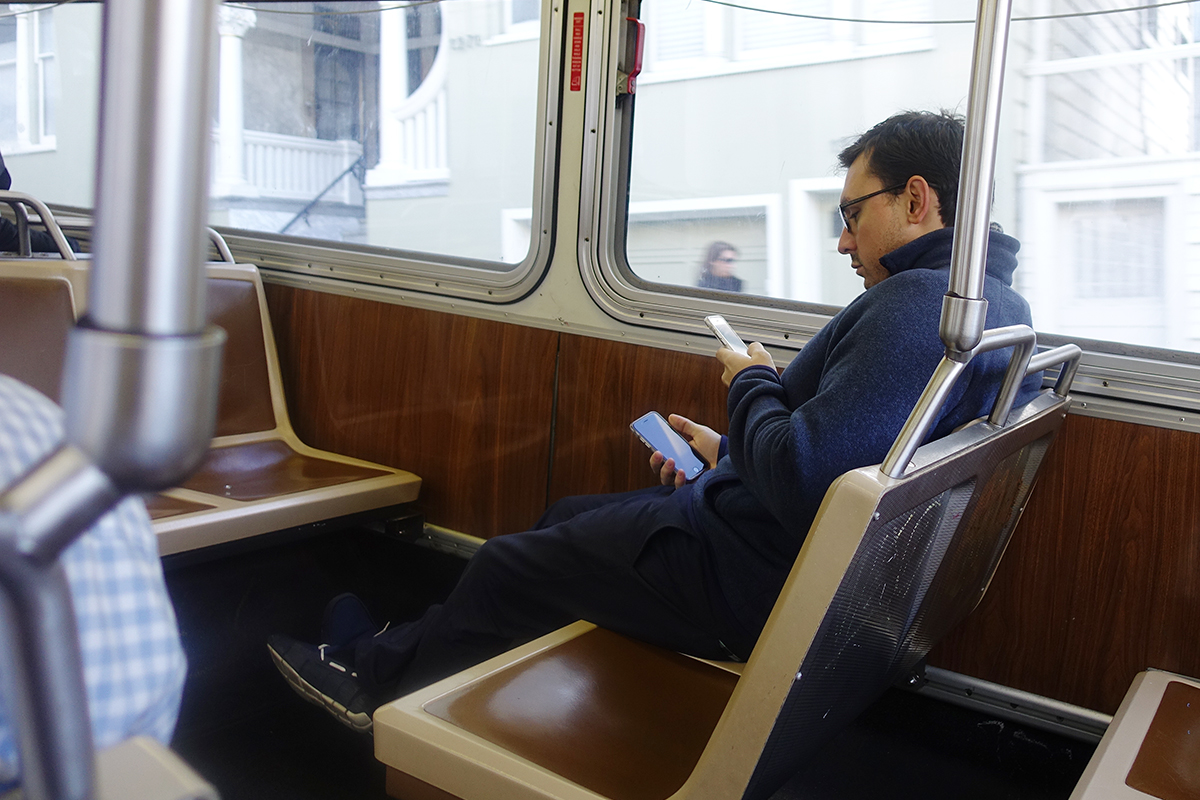
Empathy is an overused word these days, especially in design circles. If that overuse actually morphs into action that benefits people, I’m not one to complain. I applaud and am humbled by the IDEO projects that help to enable better nutrition, education, or healthcare. Project H newsletters stir my soul with news of programs that deploy design skills to empower schoolchildren. Despite the recent elections results, I watch social movements from Black Lives Matter to MoveOn.org continue to gain momentum from the formidable tools we have at our fingertips now and I feel hopeful for our world. I tell my design students at CCA that there’s never been a better time to use your talents for projects that ignite the fire in your bellies, not just put food in them.
But when the television show Silicon Valley targets its withering satire on the startups and tech entrepreneurs that cloak their company missions in clichéd higher-purpose mantras, it’s a sign that we need to spice our brew of designer optimism every so often, too. Or at least, to be frank about the commercial aims of these endeavors that increasingly claim a moral high ground as justification to brush aside government oversight, honest press coverage, and individual naysayers. There’s no “sharing” here, or anything “empathetic” about this particular behavior. Empathy isn’t really empathy if it’s targeted solely toward those who add to the bottom line.
For example, many have wrung their hands over the contractor-versus-employee status of Uber drivers, but the company’s play to create a self-driving auto fleet makes that issue ultimately moot. Self-driving cars? Fewer accidents? Cool! But millions of jobs vaporized into the software ether, too? We’re told that there have always been winners and losers, and such is the march of progress. But progress for whom, exactly?
Efficiency…is irrelevant until you work on the right things. —Peter Drucker
I have a seven-block walk from where the 1 California bus drops me off to my place of work, and there’s a curious irony to my sidewalk stroll being regularly crossed by Luxe employees of all ages, creeds, and genders dressed in Internet-blue water-resistant jackets on pedal scooters or skateboards. (Luxe—the name alone speaks volumes—is the app-summoned auto concierge service that spares the city driver from having to find a parking space or garage for that important meeting across town.) After the relatively egalitarian bus ride, I’m confronted by the stratification of our new TaskRabbit economy. The argument that Luxe is simply filling a perceived need that people are willing to pay for is a sound one. It’s providing jobs where before there were none, and it’s making the whole hassle of parking so much easier. (And, admittedly, most of the Luxe-rs I spoke to like their job for its flexibility and opportunity to be outside all day.) But isn’t making parking more convenient actually adding to a bigger problem of traffic congestion in the city? What about seeking solutions that get people out of their cars instead? Why aren’t entrepreneurs using their ingenuity to do that? And maybe even improve, say, MUNI and the Bay Area Bike Share, slow government gear-grinding be damned? Some point to the UberPOOL or LyftLine carpool services as potential solutions, but how many people actually use these? (The jury certainly is still out. Very out.)
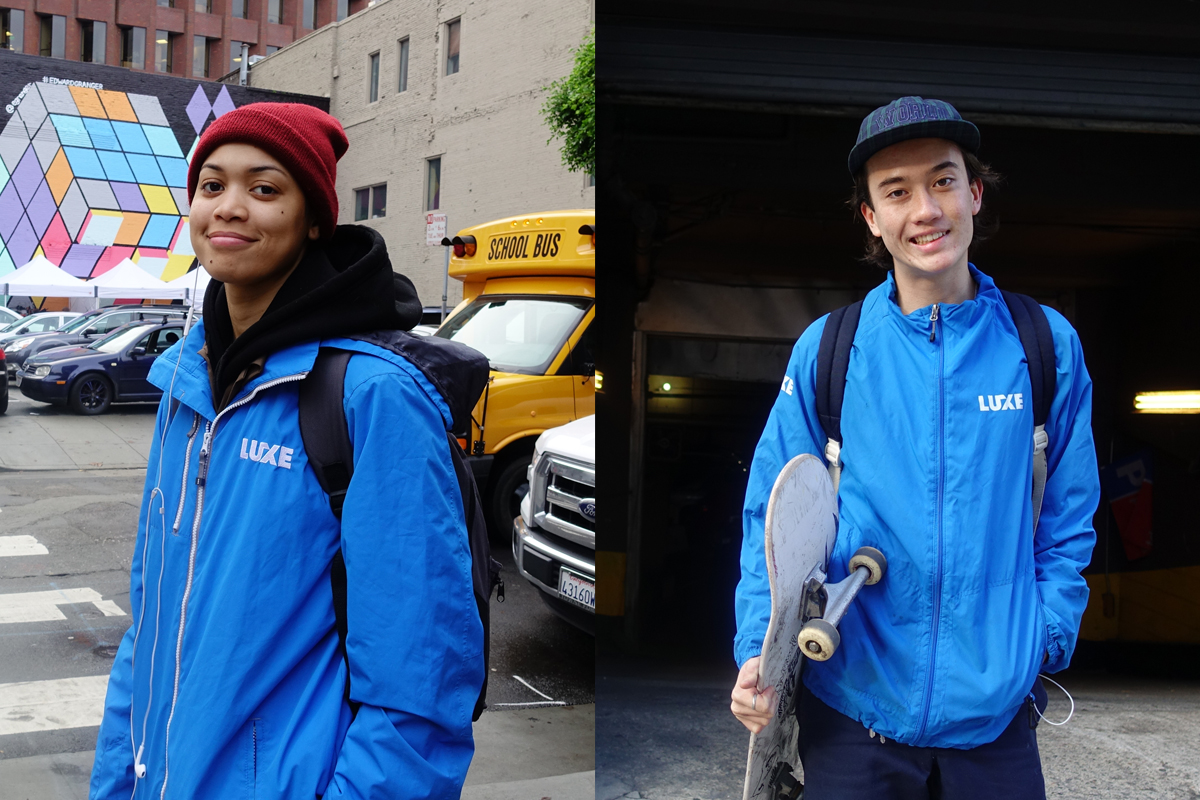
Amidst all this fast and furious Bay Area innovation, designers of all stripes are using their elevated status to expand the reach of their work. But how much at the expense of conscience, or at least common sense? Yes, talented designer, that’s beautiful typography you’ve created, but what does it actually say? Yes, you’ve created a well-designed app that enables me to hire someone to pick up my dog’s excrement, but should there be an app for this service in the first place? If you were wondering, it’s real and it’s called Pooper. (Actually, it’s a hoax, but that so many were fooled by it and even wanted to invest in the company—surely in part because of its slick design—says something about our current mindsets.)
As we designers become more influential in companies and society, where do our roles as advocates for our clients or employers end and where do our roles as community stewards begin? Are we like attorneys, sworn to vigorously defend our charges, no matter what they do? When does our communication become Orwellian propaganda? If the products we design become further enablers of income disparity, class warfare, and limited access, when do we simply say no, damn the big payday or creative opportunity? Yes, tech and business have embraced design in a lovey-dovey Pooh-bear hug and why shouldn’t we relish the gooey affection? But I wonder if design and its practitioners would be taken even more seriously if we didn’t act like spinning weathervanes pointing in whatever direction the winds of our clients or employers blow us.
What Silicon Valley sells and we buy is not transcendence but withdrawal. We flock to the virtual because the real demands too much of us. —Nicholas Carr
I take my rarely driven car in for its requisite annual tune-up and after dropping it off, I ride the 12 Folsom bus from my mechanic at the southwestern edge of SOMA back to my office near Jackson Square. As I wait for the bus to arrive, cars stagger between stop and go on Folsom Street as cyclists zoom by in their exclusive green lane. Uber and Lyft drivers erratically cross multiple rows of traffic, eyes multitasking between their mounted phones and the view out their windshields, double-parking to pick up or drop off their riders. The soundtrack is a loud, atonal symphony of car horns, tire screeches, and occasional shrieks of profanity. It’s an unstable layer cake of commuters of which I have a prime view. When the bus, with very few passengers, finally arrives 10 minutes into my wait and once I’m situated in my seat near the back, it feels like a stretch limo/sensory deprivation tank in comparison.
At the next stop, a group of 15 to 20 adults with intellectual disabilities accompanied by two chaperones get on board. It takes extra time to get them on safely, but soon they’re all seated and we’re off again. Some have frightened looks, others are grinning, and a few are just staring into space. I catch one man’s eye and smile. He smiles, too, and waves. I slowly wave back. We are equals here, if only for a moment, on this bus. I’m loath to poeticize these underdeveloped psyches arrested against their will as their bodies continue to age, but there’s a melancholy beauty to this unexpected scene that nearly brings me to tears. Where’s the “killer app” for him?
A week later, my wife tells me of her equally emotional bus ride home, during which a fellow rider asked if they could just share some conversation for a few minutes. “Everyone’s on their phones. No one wants to talk anymore. I just feel so lonely,” this person told her. They talked about Hillary and Trump for a few minutes, and then the passenger thanked my wife graciously before going back to staring silently out the bus window.
For generations, commuters have been burying their heads in newspapers, books, and now screens to discourage interaction. The advent of smart phones did not bring on this tendency of the urban dweller to put up protective scaffolding to shield them from the din of the outside world. And it’s understandable. Why wouldn’t we rather connect with the people we love virtually than withstand the physical presence of the stranger next to us as we travel? Why suffer through the ennui of empty time gone unused?
The more we fill the empty spaces with what is most convenient, the less deeply we dig, and the less we’re prone to find meaning in the morass of the slight and mundane. But messy face-to-face interactions with people are also the glue that binds us and engenders empathy. The more we cede our everyday lives to isolation, the more we erode the ability to really see other people as people, not as users or likes or data or personal drivers or, god forbid, poop scoopers. I need my quiet time as much as the next person, but funneling every daily interaction into our screens, into just ourselves, seems unhealthy—for individuals and community alike. Eatsa, the new automated Automat-like quick service quinoa bowl food chain popping up around the Bay Area, is certainly seductive with all its screen-based ordering and lack of (visible, at least) human workers. But is all this automation that encourages even less interaction outside our own little bubbles what we need?
Designers tend to be followers, or at least reactive. Our work is driven by larger forces over which we rarely have control. We don’t pull levers of power, influence markets, or run Fortune 500-size companies, but we certainly have more influence than ever before. Companies like IBM, Google, and GE are building giant design departments. Airbnb was started by two designers. Business, government, and tech are listening to us more than ever. In these contexts, designers are poised to enable the better natures of our shared humanity as we innovate for utility and beauty. We are perfectly positioned to advocate for the ideal balance of efficiency and necessary frictions that preserve healthy democratic societies. But do we have the guts?
